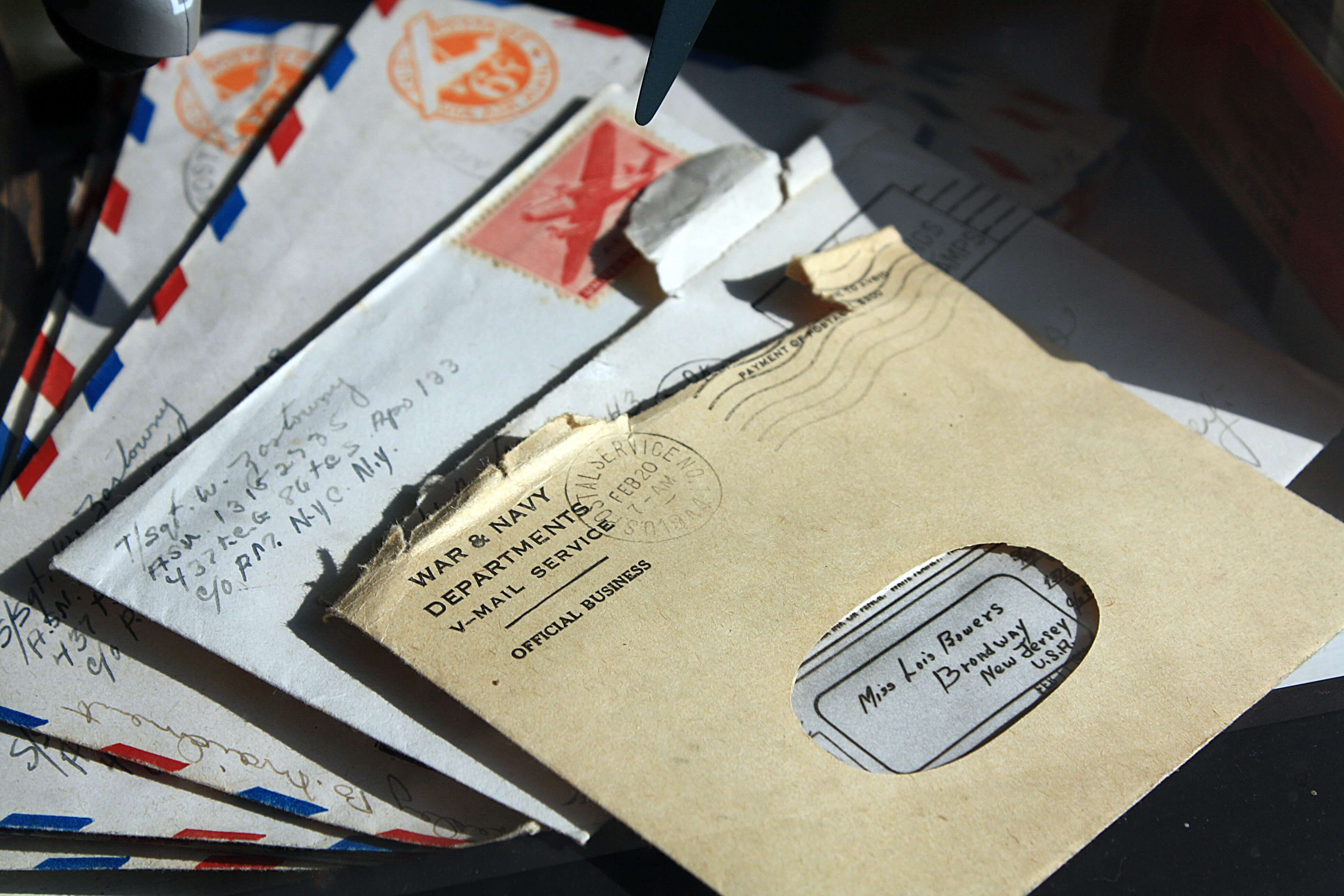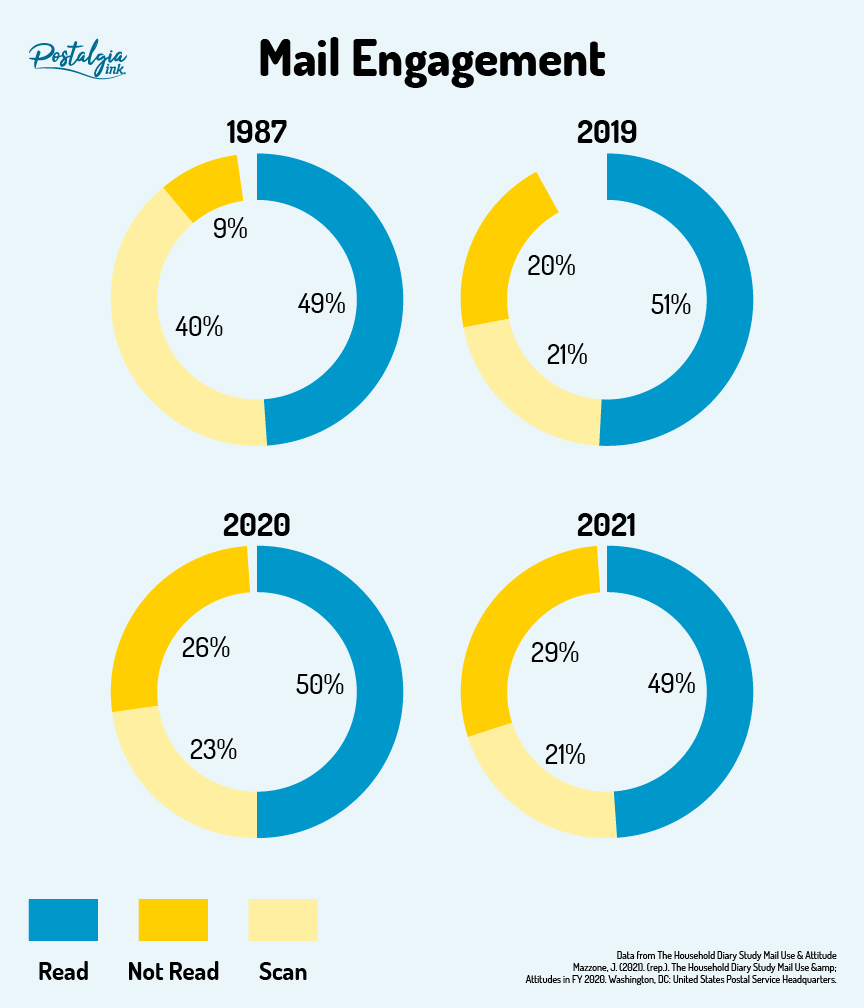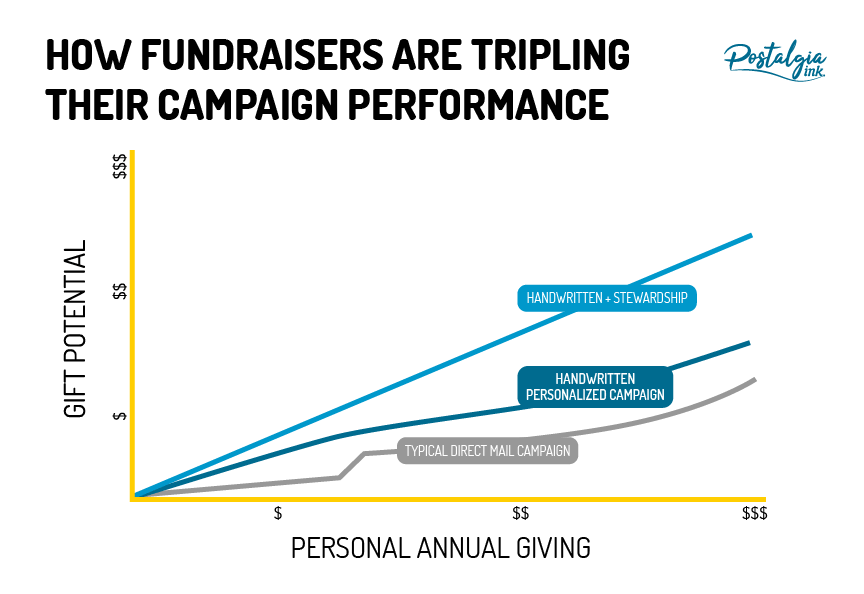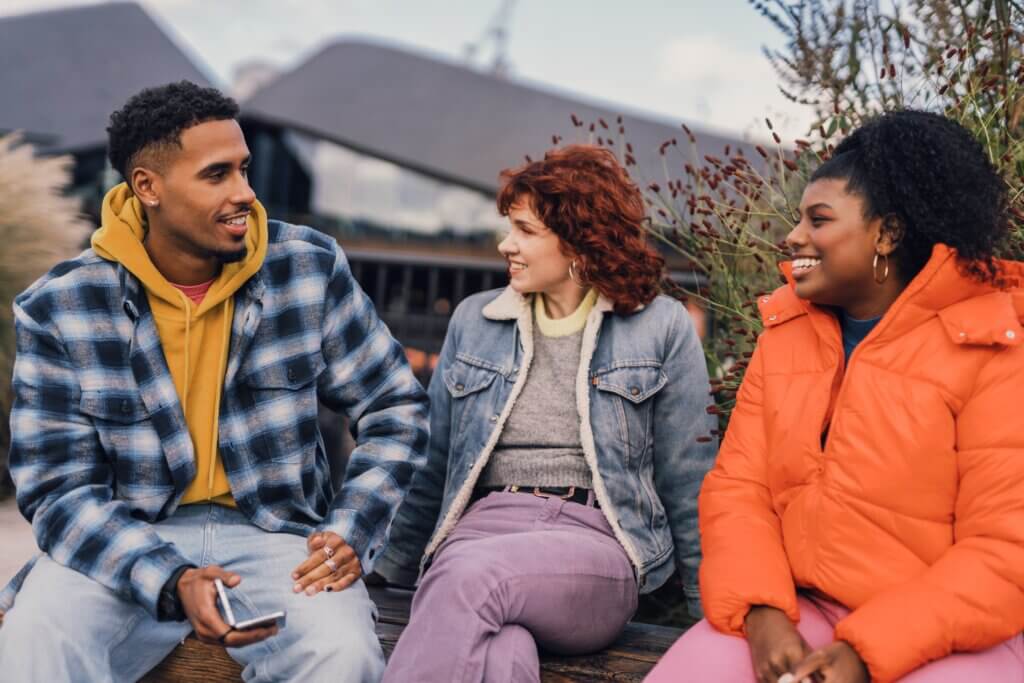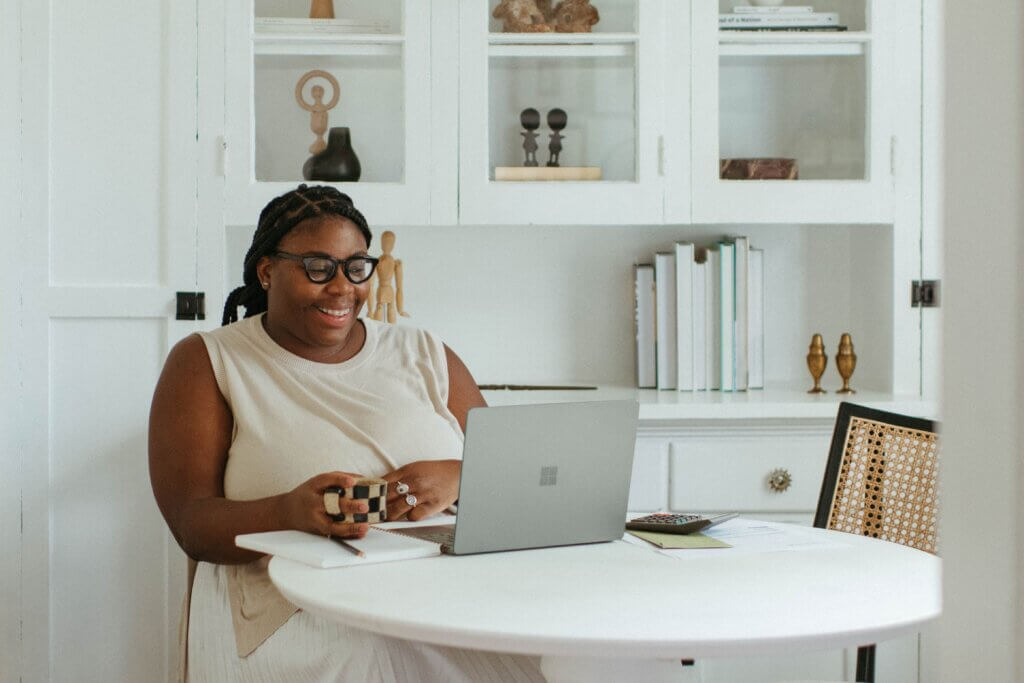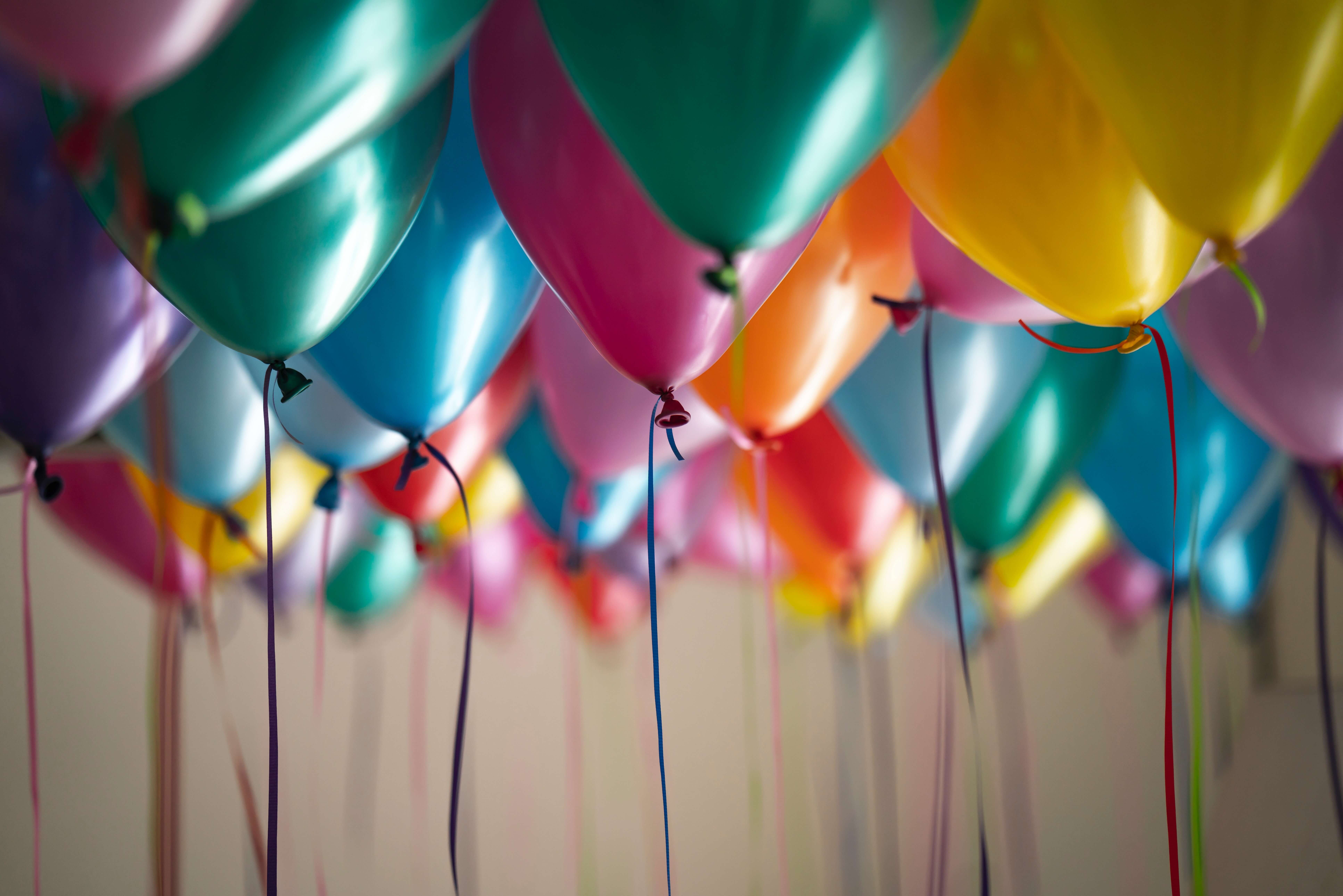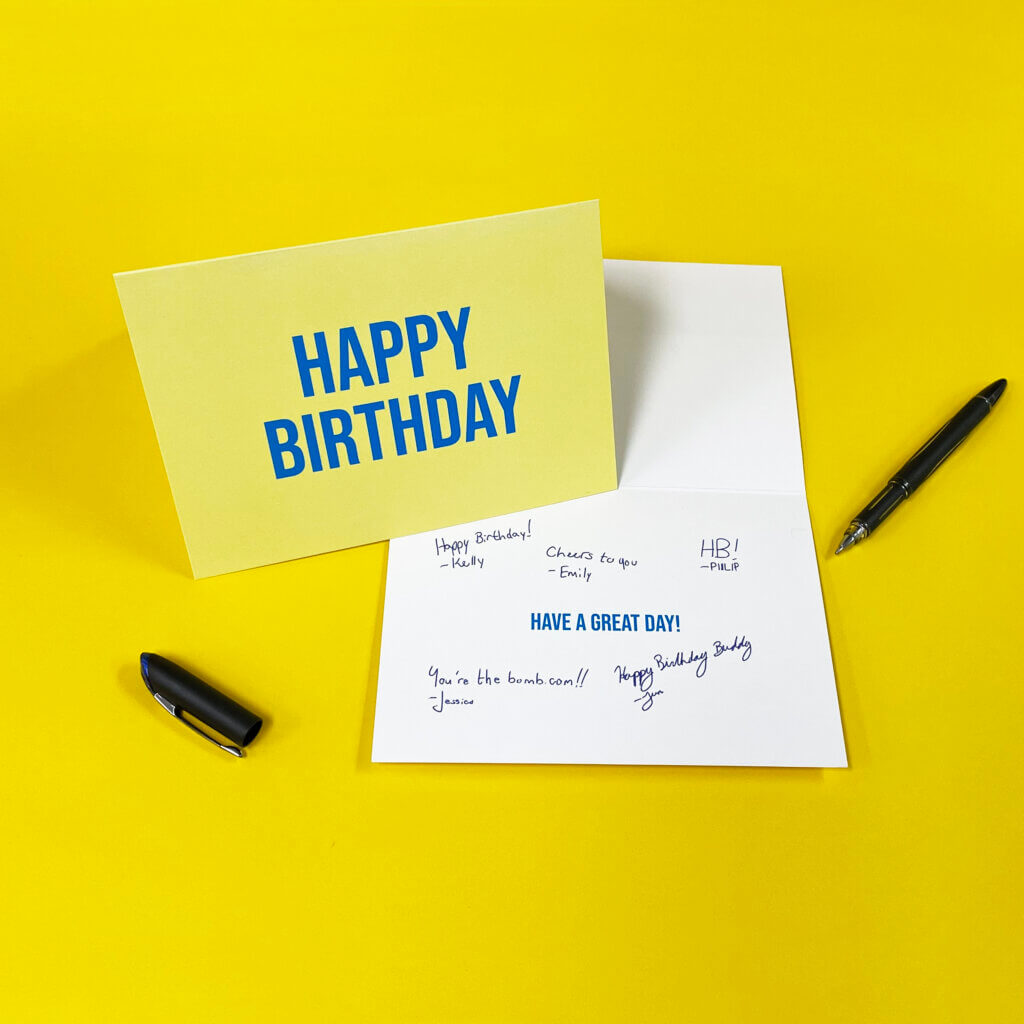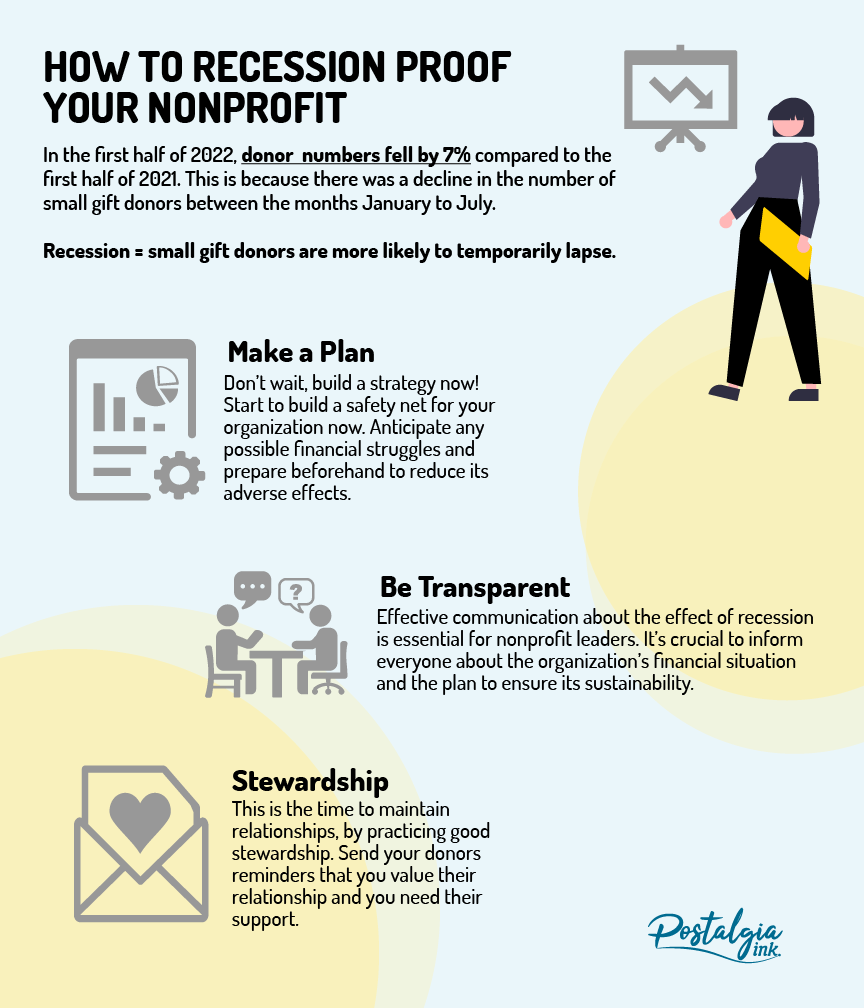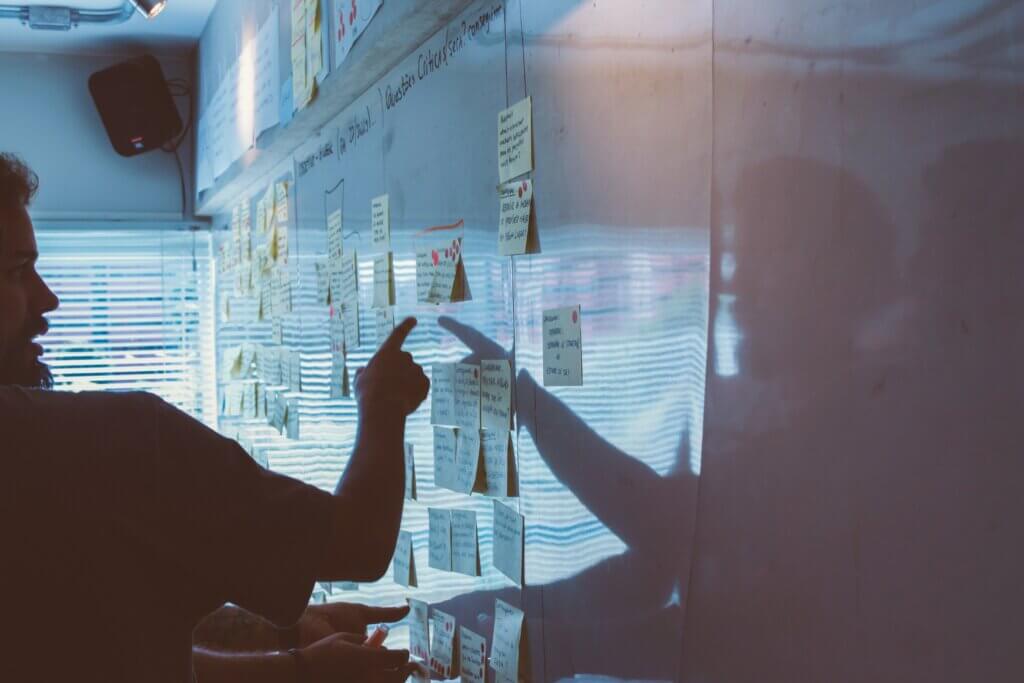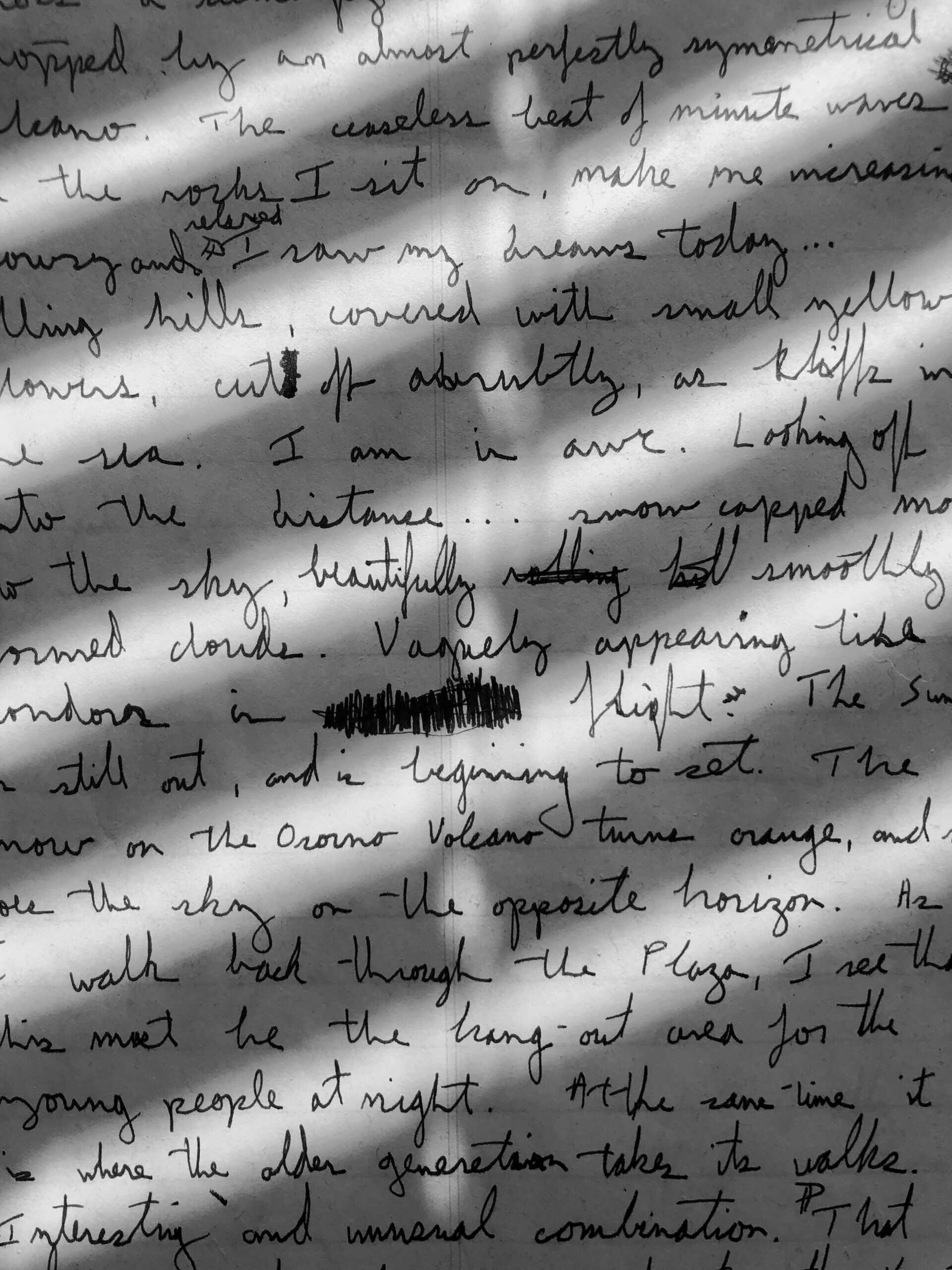INTRODUCTION
Last year nonprofits saw a decline in donations for the first time in a decade according to the article by NonprofitPro.com, “Donations Decline for the First Time Since 2012, Fundraising Effectiveness Project Data Shows”. In 2022, there was a noticeable decline of 26% in the giving levels from first-time donors of 2021. This drop was primarily attributed to both new donors and those who had been retained from the previous year, collectively accounting for 81% of the decrease. This even included a 3.5% decrease in repeat donors. This challenge of donor retention extended across the board, leading to the lowest recorded donor retention rate at 42.6% in 2022.
Within the dynamic world of charitable organizations, sustaining financial stability and support from donors is a perpetual challenge. Donor engagement is a delicate dance, and even the most committed supporters can occasionally slip through the cracks. From understanding the motivations behind lapsed donors to mastering the art of data segmentation, effective communication, and a multi-channel approach, we will equip you with the strategies needed to rebuild trust and maintain long-term donor retention. Your nonprofit’s mission deserves unwavering support, and this guide is your roadmap to ensuring just that.
Key Topics
1. Why do Donors Lapse and What to do about Lapsed Donors?
2. What is Segmentation and how does it Focus Data Analysis?
3. What are Effective Communication Strategies for Nonprofits?
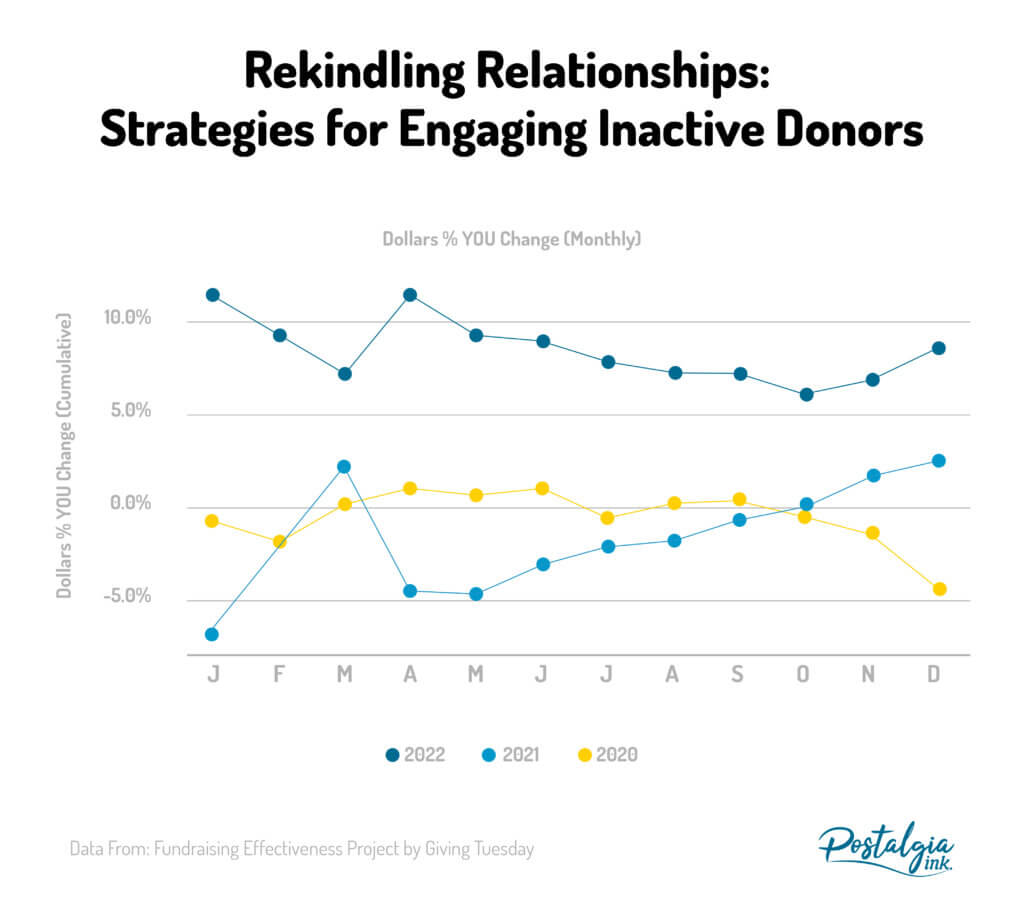
1. Why do Donors Lapse and What to do about Lapsed Donors?
Donors can become inactive for a multitude of reasons, including significant life changes that disrupt their ability or willingness to contribute, as well as a lack of effective communication from the organization. It’s essential for nonprofits to categorize their lapsed donors into different segments, such as recent lapsed and long-term lapsed, in order to tailor re-engagement strategies effectively. Seasonal factors can also play a role in donor lapses, as certain times of the year may bring about financial constraints or distractions that divert attention away from charitable giving. Additionally, life events like relocation, retirement, or major family changes can significantly impact a donor’s financial situation and capacity to contribute. Delving deeper into the importance of maintaining regular and meaningful communication with donors is critical, as poor or infrequent interactions with the organization can lead to donor attrition over time.
2. What is Segmentation and how does it Focus Data Analysis?
In the realm of re-engagement strategies, crafting personalized messages that genuinely acknowledge a donor’s history with your organization, stands as a pivotal step. These messages should not merely serve as reminders but should resonate with the individual, recognizing their past contributions and the difference they’ve made. By emphasizing the tangible impact of their support, organizations can reignite the donor’s sense of purpose and connection to the cause. These messages can be enhanced by highlighting new developments and achievements made since their last donation, showing donors that their continued involvement will contribute to ongoing progress.
To further bolster credibility and trust, organizations can incorporate testimonials or success stories from other donors who have had a meaningful experience with the cause. These stories act as powerful endorsements, reaffirming the organization’s commitment to its mission and showcasing the positive outcomes that result from donor support.
In today’s visually-oriented digital landscape, utilizing visuals such as infographics or videos can also significantly enhance the effectiveness of communication. Display materials provide a dynamic and engaging way to convey information, making the donor experience more immersive and impactful. Personalization, impact recognition, credibility building, and engaging visuals all play crucial roles in re-engagement efforts, rekindling the donor’s passion and strengthening their bond with the organization.
3. What are Effective Communication Strategies for Nonprofits?
Segmenting lapsed donors is essential when it comes to crafting effective re-engagement strategies. By harnessing the power of data analysis to scrutinize their past interactions and preferences, organizations can unlock the ability to create personalized messages that demonstrate a genuine appreciation for each donor’s individual history and contributions. This personalized approach, which can include thoughtful gestures like handwritten notes, not only showcases the organization’s commitment to its supporters but also significantly enhances the likelihood of rekindling their engagement and reigniting their passion for the cause. In essence, the art of segmentation and data-driven personalization becomes a powerful tool in the hands of nonprofits, fostering stronger connections and reinvigorating donor relationships.
4. What is a Multi-Channel Approach?
Leveraging a diverse array of communication channels, such as email, social media, and direct mail, is key in connecting with lapsed donors. This multifaceted approach allows organizations to reach donors through their preferred means of communication, maximizing the chances of reconnection. In particular, digital platforms have proven instrumental in reconnecting with younger lapsed donors who are more active on social media and responsive to online engagement. By implementing QR codes, or other interactive elements, nonprofits can seamlessly guide donors back to their mission, making it convenient for them to rekindle their support.
In an increasingly digital world, sending physical re-engagement materials can offer distinct advantages. It enables organizations to stand out from the clutter of digital communication, providing a tangible reminder of their mission. This personal touch not only captures the attention of lapsed donors but also conveys a sense of value and effort put into re-establishing the connection. Physical materials can evoke a sense of nostalgia and authenticity, resonating with donors on a deeper emotional level and potentially rekindling their commitment to the cause. Thus, a strategic blend of digital and physical communication channels ensures a comprehensive re-engagement approach that accommodates the preferences and sensibilities of diverse donor segments.
5. How to Rebuild Trust and Retain Donors?
To successfully re-engage lapsed donors, it’s crucial for organizations to address any issues or concerns that led to their lapse in the first place. This entails actively listening to donor feedback, addressing grievances, and implementing necessary improvements to ensure a more positive and satisfying donor experience. Demonstrating transparency regarding how their previous contributions were utilized is key, as it helps rebuild trust.
Beyond resolving past issues, organizations should also implement ongoing engagement plans aimed at preventing future lapses. By employing effective stewardship practices, nonprofits can continuously nurture their donor relationships, making supporters feel valued and engaged with the cause on a deeper level. Nonprofits can bolster this approach by regularly providing impact reports that showcase measurable results and illustrate precisely how funds were used in the past. These reports not only instill confidence but also serve as a powerful reminder of the meaningful difference donors can make, reigniting their passion for the organization’s mission and ensuring a more sustained commitment.
Wrap It Up
In the intricate realm of nonprofit organizations, this comprehensive exploration has shed light on the multifaceted challenge of donor retention and revival. We covered, understanding lapsed donors, data segmentation, robust communication strategies, applying omni-channel approaches to mailpieces, and rebuilding trust for retention. The crucial importance of rebuilding trust and maintaining donor retention has been underscored as the linchpin to a sustainable and thriving donor base.
Want to level up your direct mail? Contact us.


